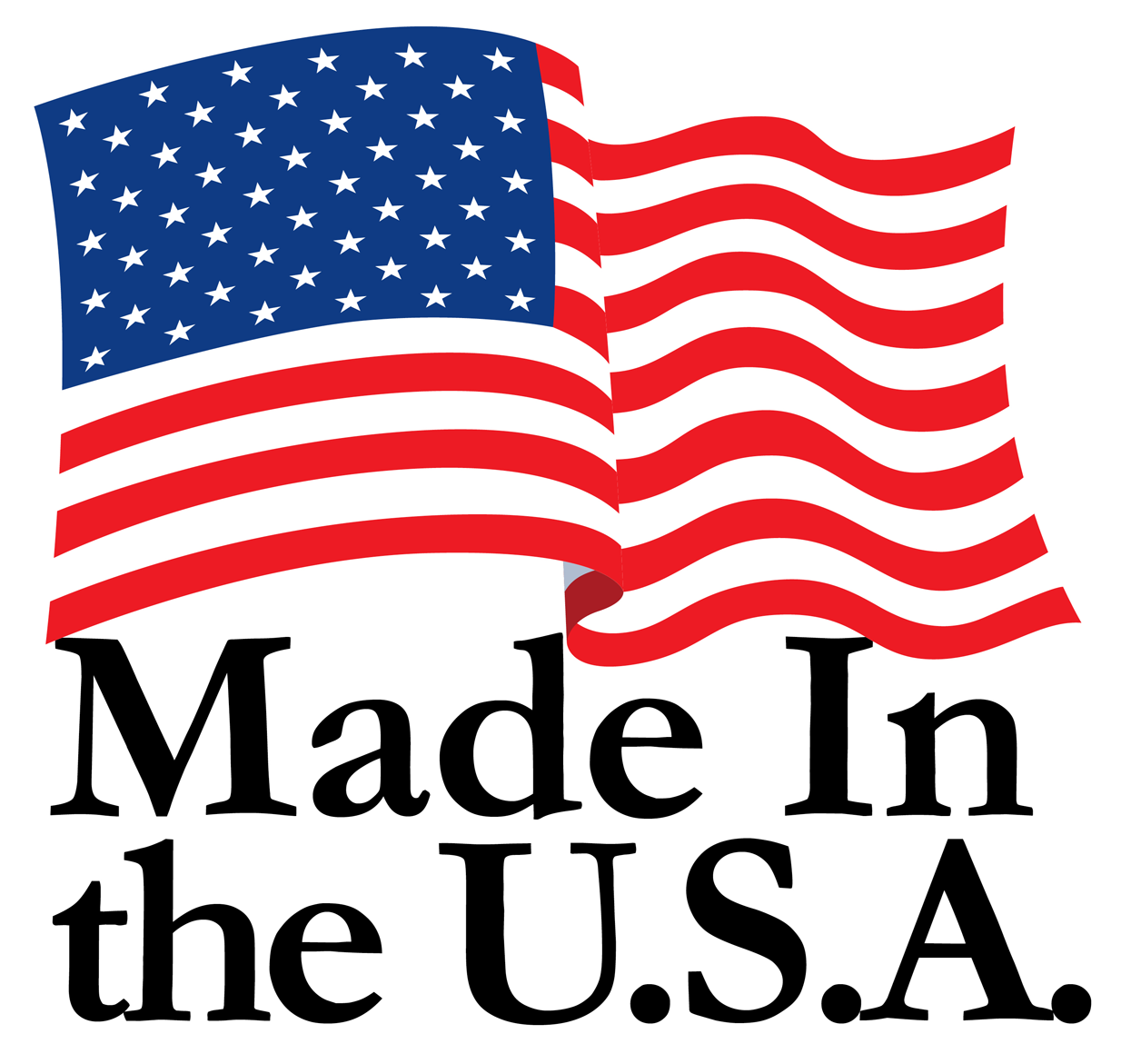![]() Answer: Aluminum alloy 1100 is a commercially pure aluminum, known for its excellent corrosion resistance and formability, making it ideal for applications like chemical equipment and decorative trim. In contrast, alloy 3003, with added manganese, offers higher strength and hardness, about 20% more than 1100, and is commonly used in cookware, storage tanks, and automotive parts where structural integrity is key.
Answer: Aluminum alloy 1100 is a commercially pure aluminum, known for its excellent corrosion resistance and formability, making it ideal for applications like chemical equipment and decorative trim. In contrast, alloy 3003, with added manganese, offers higher strength and hardness, about 20% more than 1100, and is commonly used in cookware, storage tanks, and automotive parts where structural integrity is key.

Below are frequently asked questions about Metal Stamping, the materials and processes used.
![]() Answer: Aluminum 1100 is nearly pure, with at least 99% aluminum, making it great for tasks needing high conductivity and corrosion resistance. Alloy 5052, however, includes magnesium (about 2.5%) and a bit of chromium, which boosts its strength while keeping it workable.
Answer: Aluminum 1100 is nearly pure, with at least 99% aluminum, making it great for tasks needing high conductivity and corrosion resistance. Alloy 5052, however, includes magnesium (about 2.5%) and a bit of chromium, which boosts its strength while keeping it workable.
![]() Answer: Aluminum 1100 is nearly pure, with at least 99% aluminum, making it great for tasks needing high conductivity and corrosion resistance. Alloy 6061, however, includes magnesium (0.8-1.2%) and silicon (0.4-0.8%), plus small amounts of copper and chromium, which boost its strength and allow heat treatment.
Answer: Aluminum 1100 is nearly pure, with at least 99% aluminum, making it great for tasks needing high conductivity and corrosion resistance. Alloy 6061, however, includes magnesium (0.8-1.2%) and silicon (0.4-0.8%), plus small amounts of copper and chromium, which boost its strength and allow heat treatment.
![]() Answer: Aluminum alloys 1100 and 7075 are both widely used in various industries due to their distinct properties, offering significant advantages in applications ranging from chemical processing to aerospace manufacturing. These alloys are part of the wrought aluminum series, with 1100 being non-heat-treatable and 7075 heat-treatable, valued for their corrosion resistance and mechanical properties.
Answer: Aluminum alloys 1100 and 7075 are both widely used in various industries due to their distinct properties, offering significant advantages in applications ranging from chemical processing to aerospace manufacturing. These alloys are part of the wrought aluminum series, with 1100 being non-heat-treatable and 7075 heat-treatable, valued for their corrosion resistance and mechanical properties.
![]() Answer: Austenitic 304 and 316 stainless steels are widely used in metal stamping and other applications due to their excellent corrosion resistance, formability, and durability. Both belong to the austenitic family, characterized by a face-centered cubic crystal structure, making them non-magnetic and highly ductile. However, their differences in composition, properties, and applications are significant.
Answer: Austenitic 304 and 316 stainless steels are widely used in metal stamping and other applications due to their excellent corrosion resistance, formability, and durability. Both belong to the austenitic family, characterized by a face-centered cubic crystal structure, making them non-magnetic and highly ductile. However, their differences in composition, properties, and applications are significant.
